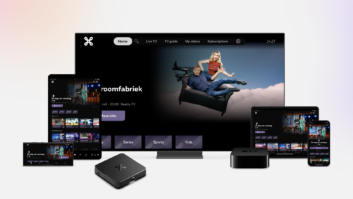
Ostmodern has launched end-to-end video delivery platform and content management system Skylark.
The broadcast content and VoD specialist is already providing its new service as part of the backbone of BFI Player and News Corp’s BallBall.
Skylark is designed as a ‘one-stop-shop’ for broadcasters and content owners looking to enhance their VoD offerings, and is comprised of an enterprise-level CMS and flexible set of APIs.
Skylark handles scheduling, ingest and data while integrating with existing internal systems and third-party tools such as Ooyala and Akamai.
Tom Williams, CEO at Ostmodern, said, “The launch of Skylark represents more than a decade of Ostmodern’s first-hand experience and development to address challenges faced by broadcasters, sports rights holders, and content owners around the world.
“It offers the flexibility of a bespoke video delivery platform as well as the total freedom to design a unique front end experience, which is one of the major shortcomings of typical white-label solutions.”
Skylark is designed to support an editorial-led approach to recommendations, giving broadcasters and content owners the ability to offer a personalised subscriber experience.
Williams added, “Today’s viewers demand more than ever before. When it comes to VoD, they want a service that supports editorial curation, social interaction, and smart recommendation across any device they choose.
“Skylark was created in response to this need and has been designed to fit into existing workflows. It empowers editorial teams through total control over curation, with the necessary tools to manage data for each piece of content. For product teams, Skylark offers the flexibility to create a compelling front-end design for end users built around regional-specific schedules.”







